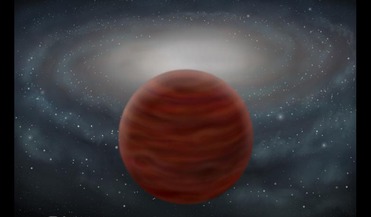 27 March 2017
Most massive and 'purest' brown dwarf found
27 March 2017
Most massive and 'purest' brown dwarf found
...T types. However SDSS J0104+1535 is the ‘purest’ of them all meaning it contains a much lower metal content (in astronomy anything heavier than hydrogen or helium is considered a metal). If such an undiscovered population does exist, and objects that...
 10 May 2017
Australia announce a strategic partnership with ESO
10 May 2017
Australia announce a strategic partnership with ESO
...-metre-class optical/infrared telescopes was noted by the Australian government in its Decadal Plan for Australian Astronomy, 2016–2025. Although the partnership has yet to receive the approval of the ESO Council, such a collaboration...
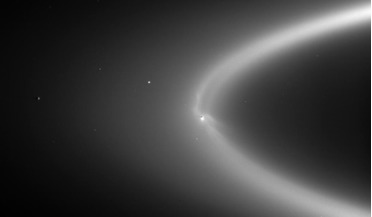 07 July 2017
Unexpected large methanol find near Enceladus
07 July 2017
Unexpected large methanol find near Enceladus
... for life on Enceladus,” said Dr Emily Drabek-Maunder of Cardiff University, who presented the results at the National Astronomy Meeting held this week at the University of Hull in the UK. Methanol has been found in Enceladus’s plumes before...
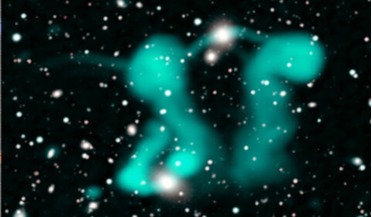 06 August 2021
Surprising new finds as ASKAP surveys the skies
06 August 2021
Surprising new finds as ASKAP surveys the skies
... they are dotted across the outback over an area of about six square kilometres at the Murchison Radio Astronomy Observatory in Western Australia. Australia will initially host more than 130,000 SKA antennas with an ultimate...
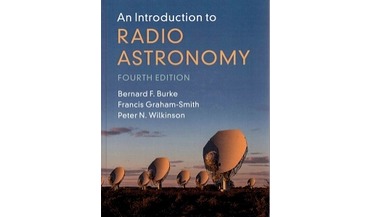 01 October 2019
An Introduction to Radio Astronomy (4th Ed)
01 October 2019
An Introduction to Radio Astronomy (4th Ed)
...although it fails to excite the public in the same way as optical astronomy, it continues to provide an ever-expanding window on the universe. ...need to know what there is to know about radio astronomy it would seem to fit the bill. Appendices cover ...
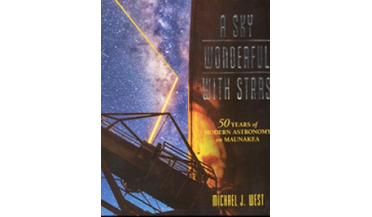 26 February 2018
A Sky Wonderful with Stars – 50 years of modern astronomy on Maunakea
26 February 2018
A Sky Wonderful with Stars – 50 years of modern astronomy on Maunakea
... “several years of additional effort”. Among its contributions to astronomy was the discovery of the first object (designated QB1) ...another telescope on their ‘sacred mountain’. Anyone who likes astronomy will like this book, and there is even a small...